ROBO®CONTROL Permanent – Remote Monitoring System
Robo®Control detects the absence of machine specifications at the component and conveys these to a central computer. There the data are processed and they are made available to the clients through internet.
Media
Product description
ROBO®CONTROL is a fully automatic and very robust bridge remote monitoring system. As well as measuring loads, movements and other parameters at a bridge's bearings, expansion joints and shock absorbers, the system can also be used to measure and calculate characteristic bridge parameters such as natural frequency.ROBO®CONTROL measures parameters at predetermined intervals and transmits data by means of a GSM module to a central computer system. There, the data is processed and authorised users can access it on a secure web page.
Design features
- Robust components designed for continuous operation
- Vibration, expansion/contraction and deformation measurements on structures
- Bearing pressure, joint movement and temperature measurement directly on structural elements
- Other measurement systems can be integrated
- Mains-independent power supply (optional)
- Data transmission via GSM modem
- Data processing and analysis by mageba
- Data transfer and presentation via secure internet portal (Download in CSV format possible)
Short description of system
- The solar-operated version of the system performs measurements automatically at a 10 Hz frequency and records them each 15 minutes in the so-called ROBO®CONTROL Box.
- Power intensive measurements with high measurement frequencies (up to 100 Hz), for example vibration measurements, require connection to electric mains.
- Data compression is performed and configured as agreed with the client.
- Data transmission and polling takes place at least once a day.
- Data is presented on the internet in the form of x-y diagrams or histograms.
- Data download from the internet is possible at any time by authorized user with login and password.
- Boundary and alarm values can be specified by the client. If any measured value exceeds or falls below the predefined alarm values, an e-mail or SMS message will be sent immediately to the client.
Installed measuring devices
- Force measurements are carried out on bridge bearings using preinstalled force measuring devices; however, they can also be retrofitted using processes developed by mageba (to be resolved on site).
- Displacement measurements on expansion joints are carried out using displacement sensors based on ultrasonic or magnetostrictive measurement technology.
- Vibration measurements can be performed either with conventional strain gauge or fibre optical sensors.
- Temperatures are measured by several temperature sensors.
- Other sensors, for example anemometers, cameras or inductive loops can be integrated on demand.
Power supply
The ROBO®CONTROL system can be installed regardless of the conditions found at the bridge site, because its components can be powered by solar energy. The system guarantees a power supply 24 hours a day, 365 days a year; this means that even at night and during winter, the data stream is guaranteed. In the event of using data-intensive measuring methods, power is taken from the electric mains; however, a battery bank is used to achieve a temporary redundancy, avoiding system failure without prior warning.Installation
The solar-operated power supply, the sensors and the ROBO®CONTROL Box are installed by mageba engineers. The client should make sure that access to the bridge components is possible. In general, cable fastening to the bridge is performed by means of simple cable clamps.System calibration
Most of the measuring devices are pre-calibrated and ROBO®CONTROL does not need to be calibrated on site. However, it is possible to get a deviation from a theoretical expected value, particularly in the case of an alarm value set-up. In this case, the set-up can be adjusted later. For other measuring methods, especially when static classification is required, the system should be calibrated after installation at the bridge site. In these situations, mageba experts assist in planning and performing all necessary tests.References
Similar Products & Services
Relevant Websites
- About this
data sheet - Product-ID
21 - Published on:
02/07/2007 - Last updated on:
17/11/2021

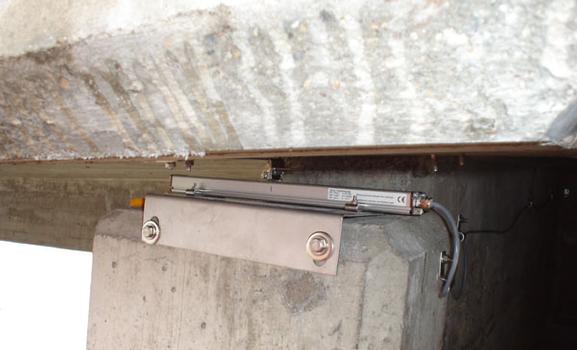
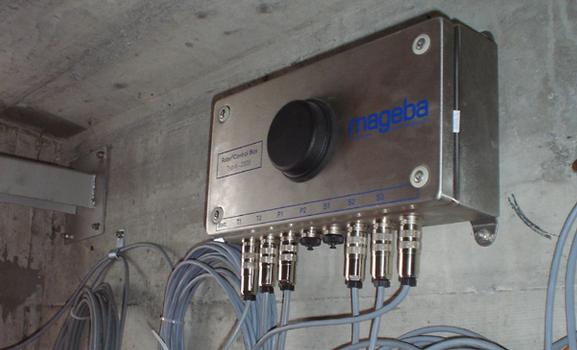
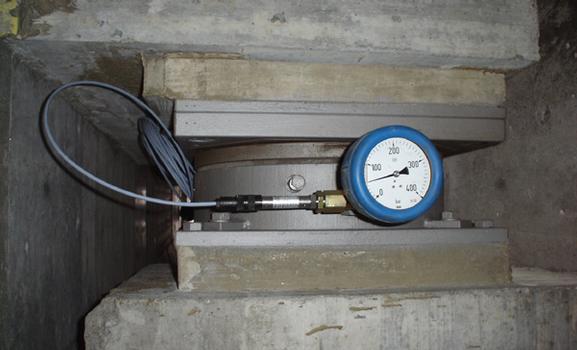
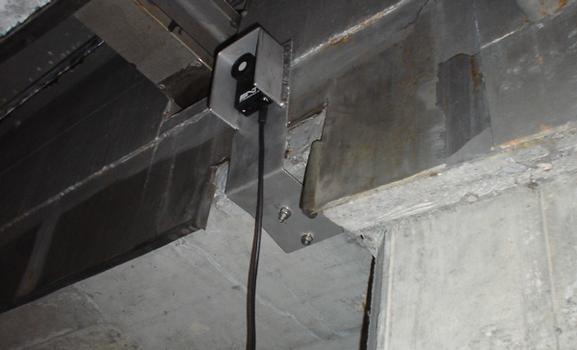

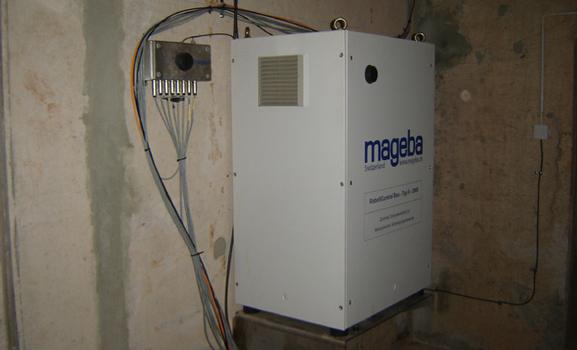
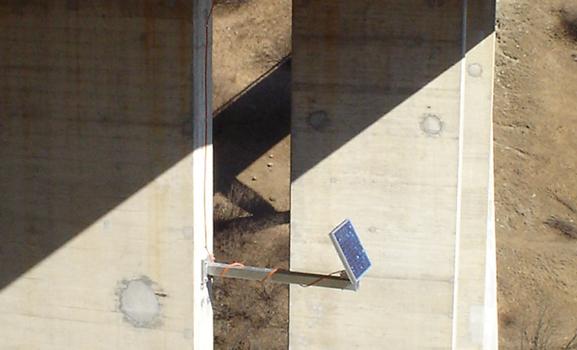
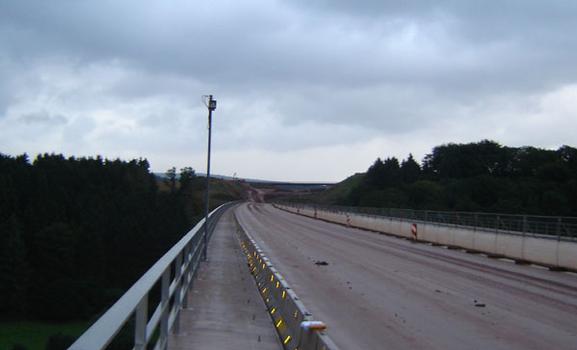
 mageba group
mageba group











